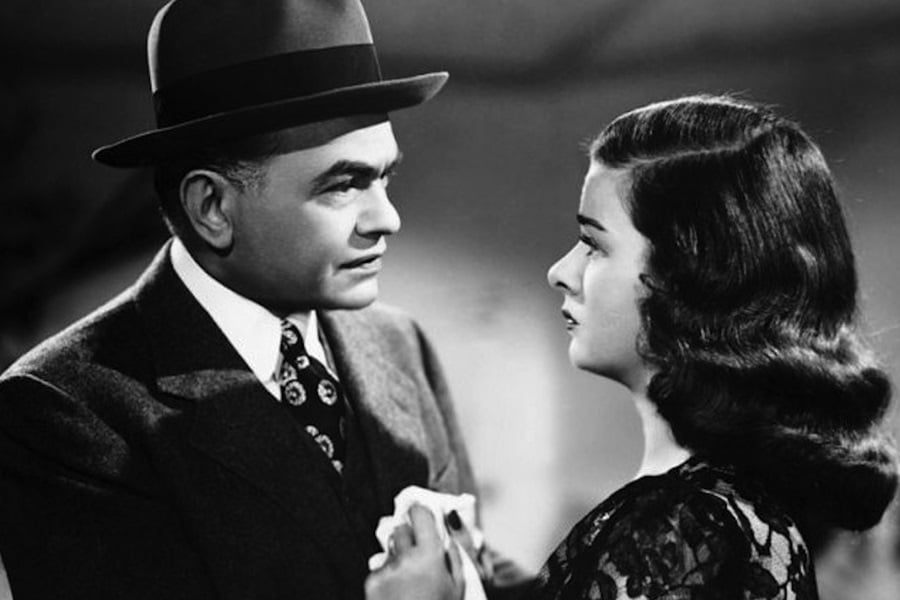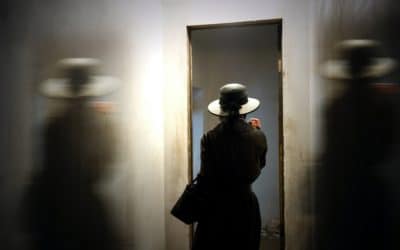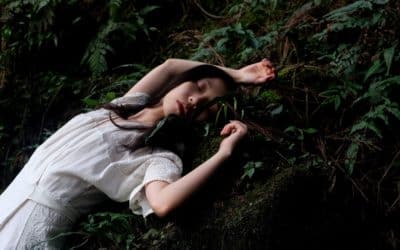
Mysteries Set in the 1940s
The 1940s. A decade of elegance, jazz, wartime tension, and fedoras. But more intriguingly, it was a backdrop for some of the most riveting mysteries in literature and on screen. The allure of that period has never faded, and for a good reason: it’s a setting where tension and intrigue naturally intertwine.
When diving into mysteries of this era, one cannot overlook the iconic detective of all time, Philip Marlowe. Raymond Chandler’s seminal work, “The Big Sleep,” introduced us to Marlowe in 1939, but it was during the 1940s that the detective really hit his stride. Howard Hawks took Chandler’s tale and turned it into a movie classic in 1946, with Humphrey Bogart portraying the savvy PI. Shadows, sharp dialogues, and femme fatales became staples in many a story, thanks to masterpieces like this.
Then there’s “Farewell, My Lovely,” another Chandler classic, turned into the movie “Murder, My Sweet” in 1944. With Dick Powell stepping into Marlowe’s shoes, the movie follows the detective’s search for an ex-con’s former lover, only to stumble upon a web of deceit and murder. Few can forget the film’s gritty portrayal of Los Angeles, where danger lurks behind every lamppost.
Across the pond, British espionage offered its share of nail-biting tales. Graham Greene’s “The Third Man” captures post-war Vienna’s murky atmosphere, where a man investigates his friend’s mysterious death. Carol Reed took the narrative to the silver screen, starring Orson Welles and Joseph Cotten. The atmospheric cinematography, the haunting zither score, and a twisty narrative make this 1949 film adaptation an unmissable treat.
Mysteries from the 1940s weren’t restricted to the cobblestone streets of Europe or the dark alleys of Los Angeles. Agatha Christie’s “And Then There Were None” from 1939 saw its first film adaptation in 1945. This tale, set on an isolated island, with ten strangers lured under different pretexts and then picked off one by one, was a masterclass in suspense. Director René Clair created a chilling atmosphere that perfectly encapsulated Christie’s narrative. With every tick of the clock and each shadow that moved, the sense of dread increased.
Then there’s the 1944 classic, “Laura,” directed by Otto Preminger. It’s a tantalizing tale of obsession, as a detective finds himself enamored with the apparent victim of a gruesome crime. As he delves deeper, the line between the living and the dead blurs, making for a haunting narrative that lingers long after the credits roll.
For those who favor an international flair, “Black Narcissus” (1947) provides a gothic mystery set against the backdrop of the Himalayas. Directed by Michael Powell and Emeric Pressburger, the film delves into the minds of British nuns living in a remote palace, where the environment tests their sanity. The movie’s brooding atmosphere and sense of looming danger make it a unique offering from the decade.
Meanwhile, in “The Spiral Staircase” (1946) directed by Robert Siodmak, terror strikes in a small town where a mute woman realizes she might be next on a serial killer’s list. Set in a sprawling mansion, each creak and whisper heightens the suspense, drawing viewers into a web of fear and uncertainty.
And who can ignore “The Stranger” (1946), directed by and starring Orson Welles? This film portrays a cat-and-mouse game between a war crimes investigator and a notorious Nazi hiding in plain sight in a tranquil American town. With Welles at the helm, this dark tale is brought to life with masterful storytelling and compelling characters.
Of course, the 1940s film noir isn’t all about detectives and dames. Fritz Lang’s “Scarlet Street” (1945), while not a mystery in the traditional sense, does bring its share of intrigue. Edward G. Robinson’s portrayal of a downtrodden cashier and amateur painter who gets entangled in a femme fatale’s web is exemplary. A tale of obsession, deceit, and crime, this film perfectly encapsulates the noir spirit of the 1940s.
With the rich array of stories and adaptations from the 1940s, what becomes evident is that the decade itself became a character. The shadowy alleys, the smoke-filled rooms, the stylish attire, and the tension-filled air became synonymous with intrigue. Whether it’s a hard-boiled detective, a soldier returning from war, or just an average Joe caught in extraordinary circumstances, the 1940s provided the perfect backdrop for mysteries that continue to captivate and enthrall.
While the past might be a different country, it’s clear that the allure of the 1940s mysteries is universal and timeless. It’s a decade that continues to inspire authors, filmmakers, and, of course, audiences worldwide, ensuring that these tales remain etched in our collective memory for decades to come
More Historical Mystery Features
Is it Historical Fiction?
How long ago does history start?
History with a Side of Murder
The rules that shape a historical mystery
The Mystery of Historical Setting
Why the past is a great setting for a mystery



